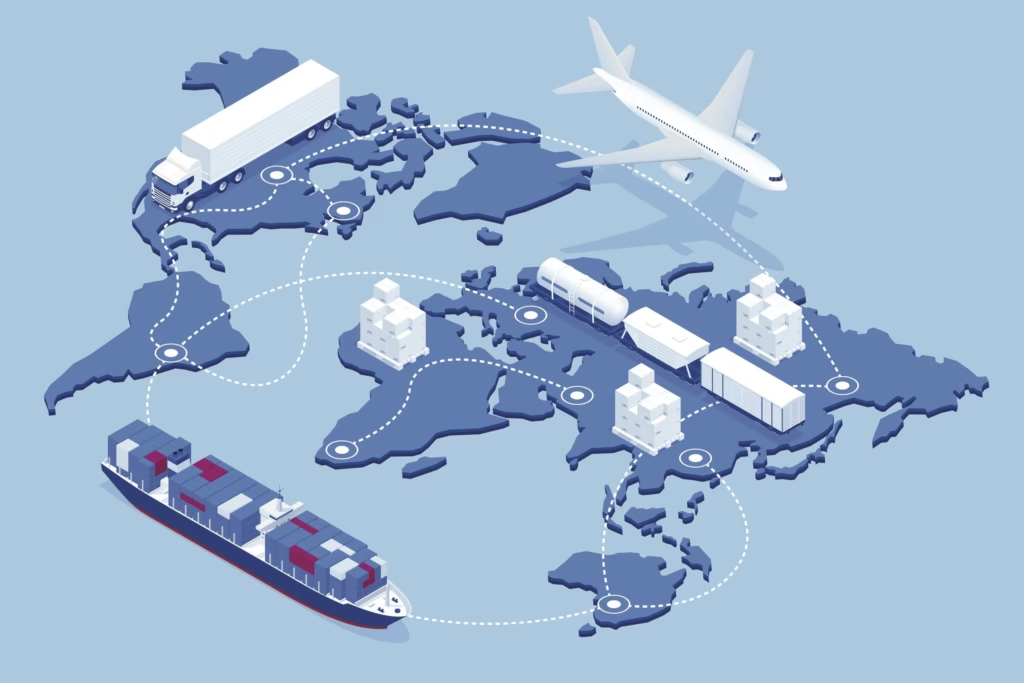Delays disrupt construction more than most sectors. A power loss, equipment held in storage, or materials misplaced in a disorganized warehouse can halt progress within hours. For firms operating to tight schedules, minor interruptions quickly become costly overruns. Building resilience into the supply chain keeps projects moving when conditions deteriorate. Three assets are central to that resilience: generators, industrial racking systems, and cherry pickers.
Generators: The Backbone of Uninterrupted Operations
Power underpins continuity. Without it sites shut down. Generators safeguard against these failures by supplying electricity when the grid is unreliable or unavailable.
On remote projects, generators keep pumps operating, power welding work, and maintain site offices. Contractors who downplay this dependency often spend more on downtime than on fuel and equipment.
Diesel and gas generators dominate for long runtimes and heavy loads. Modern models add automatic transfer capabilities that switch to standby power within seconds, reducing interruptions. In areas prone to storms or grid instability, that response prevents days of lost work. For organisations focused on continuity, generators are not optional; they are foundational.
Industrial Racking Systems: Optimising Space and Flow
With power secured, storage becomes the next constraint. Materials scattered around slow retrieval and increase damage. Properly engineered racking creates order, improves flow, and protects inventory.
Good design delivers daily efficiency gains: workers locate parts quickly, retrieval times drop, and schedules hold. Adjustable or mobile systems accommodate fluctuating inventory and unexpected deliveries. Vertical solutions maximize limited floor space—especially valuable in dense urban settings with high storage costs.
Safety is integral. Poorly stacked goods are hazardous. Industrial racking systems racking reduces collapse risk, protects staff, and avoids stoppages.
Cherry Pickers: Safe Access, Faster Results
Access is the third challenge. Many tasks occur at height; ladders and improvised platforms are slow and unsafe. Cherry pickers provide safe, rapid access.
In warehouses, they enable efficient retrieval from high racks. On construction sites, they position teams for installation, inspection, and maintenance. Heavy items can be lifted securely rather than carried, reducing manual handling and temporary structures. Tasks that once required multiple workers are completed in minutes by a trained operator. The same unit can support warehouse work in the morning and site checks in the afternoon, maintaining momentum as requirements shift.
Workforce Preparedness: Training as a Resilience Tool
Equipment alone cannot ensure continuity. The workforce must be trained to operate it safely and effectively. Generator operators should know how to balance loads and manage fuel efficiency. Warehouse teams require instruction in racking use and safe retrieval methods. Cherry picker operators must be certified and competent in handling equipment under varied site conditions.
Preparedness also extends to cross-training. When staff understand multiple systems, projects are less vulnerable to absence. A resilient supply chain depends as much on skilled people as it does on reliable tools.
Where Power, Storage, and Access Align
Each element adds value alone. Together, they create a resilient system. A facility with standby power, structured storage, and safe access operates close to normal during disruptions. Materials are easy to find, equipment is reachable, and workflows continue.
The other scenario is easy to imagine. Work stops when the power goes out. Materials are hard to find when stock is misplaced. Unsafe access slows the job and puts people at risk. As a result, costs rise, deadlines are missed and clients lose trust. An integrated approach keeps teams productive under pressure.
Overcoming Implementation Challenges
Resilience requires investment. Generators, engineered racking, and cherry pickers carry upfront costs, but these are small compared with delays, missed deadlines, or incidents. A single stalled week can exceed the purchase cost.
Training and maintenance are essential. Operators must run generators efficiently, use racking correctly, and handle lifts safely. Servicing should be scheduled and preventive. Many organisations succeed with a phased rollout: secure reliable power, optimise storage, then improve access. Step by step, they build a system that withstands shocks.
Conclusion
Projects that keep moving in a crisis get the basics right: power stays on, materials are in place, and crews can reach the job safely. Generators keep the site running when the grid drops. Industrial racking puts stock where it belongs and cuts retrieval time. A cherry picker gets people and tools to height without delay or guesswork. These decisions reduce a lot of issues. Clients see steady delivery and return with more work. Build this resilience now so the next disruption is handled, not halted.
